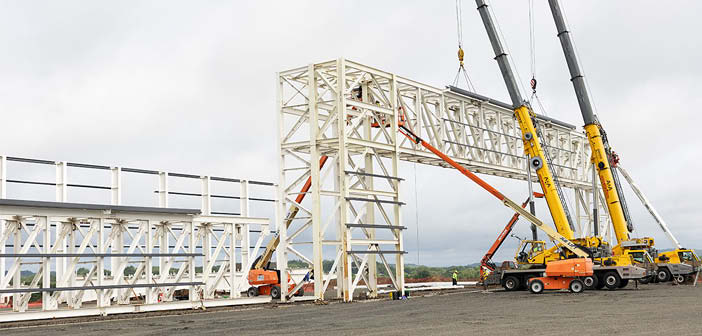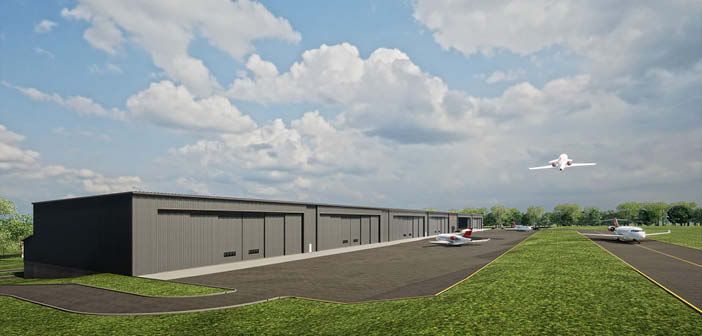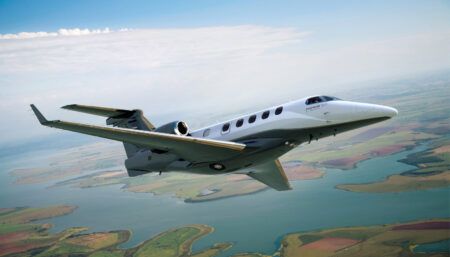Clay Lacy Aviation has reached a milestone in its US$20m, 11-acre FBO, MRO and operations centre development at Waterbury-Oxford Airport (KOXC) in Connecticut. The company shared that the first phase of the expansion and development of its facilities at the site approaches its scheduled completion this winter. The first 40,000ft2 hangar is now sold out ahead of its planned opening in early 2024.
“We considered aircraft owners’ needs first and foremost when developing this project,” said Buddy Blackburn, SVP for fixed-based operations at Waterbury-Oxford. “The overwhelming response has shown that aircraft owners and flight departments have been searching for space to accommodate both current and future aircraft models, and a tailored aircraft storage solution that allows maximum protection and access for clients.”

The US$20m, 11-acre first phase of development will feature a new FBO passenger terminal, executive offices and hangar space that will accommodate large-cabin, ultra-long range jets such as the Bombardier Global 7500, Falcon 10X and Gulfstream G700.
While early commitments have filled up the first hangar, Clay Lacy is still taking reservations for hangars two and three, which have already begun their structural steel phase.
Clay Lacy’s Oxford hangars will have 29ft doors and floor space to accommodate larger wingspan aircraft. Corporate flight departments with two or more aircraft can be hangared together. The facilities are built to handle aircraft ranging from smaller turboprops to larger trans-continental aircraft.
“This investment in Connecticut expands and enhances all the services Clay Lacy provides,” said Blackburn. “It further cements the company’s commitment to Northeast operators, and helps them achieve their aviation goals.”
Clay Lacy said all the facilities under construction are built in accordance with its Sustainability Strategy, and will be certified carbon neutral. The facilities include solar panel provisions, electric vehicle charging, electric aircraft charging provisions, efficient building design, and Sustainable Aviation Fuel (SAF).





